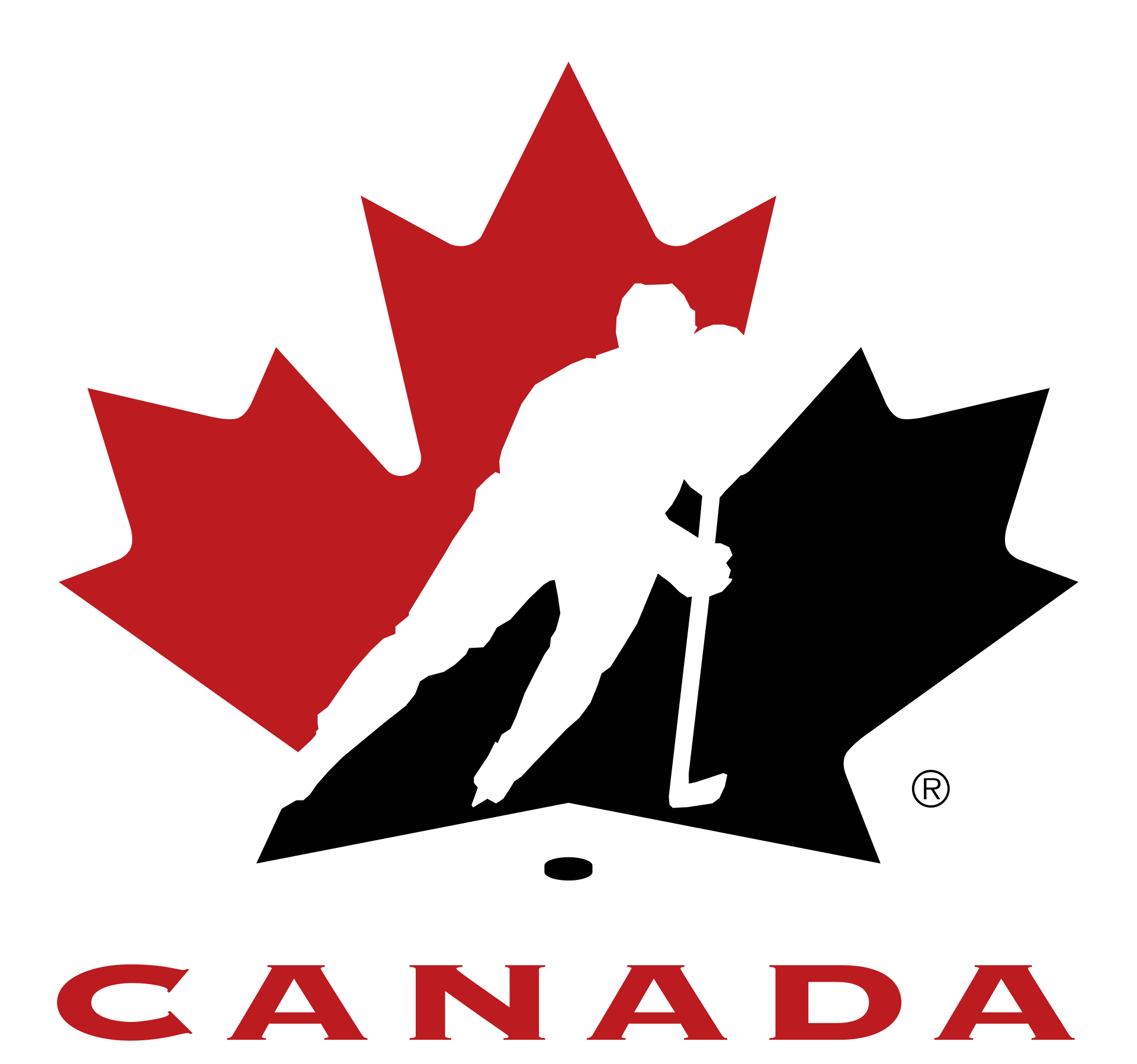Open Ice Summit | Seven Foundations

The Age Workshop was much more than a discussion of the age categories in Canadian Hockey. As well as age factors considerable debate took place on the following areas:
- Age divisions
- Fun of the experience for the participants
- Skill development
- Participation with a broad approach - as many participants as possible at all age levels
- Players first so the game is their game
- Success - players must be put in position to develop self esteem
- Education of coaches, players, parents, officials and volunteers.
These are the seven foundations developed at the workshop.
AGE DIVISIONS
The reason for proposed age changes are multiple but we will attempt to give you the thumbnail sketch of the rationale. We first addressed the age groupings from the players' physical and psychological development factors that were addressed by experts at the workshop.
FINDINGS:
- The 13-14 years old age group is the one that most male players show the biggest growth spurt.
- With the 12 and 13 age grouping that is now in effect we have a great discrepancy in players physical development.
- Therefore we reasoned that to keep 13 and 14 year olds together and 11 and 12's together made much more sense.
- The other divisions were developed from that foundation.
FUN
For the effective development of young people and not necessarily hockey players, the following must have consideration:
- Create opportunities within a learning environment based on fun and participation
- Allow creativity
- Informal learning
- End the early elite streaming of players and concentrate on teaching the skills of the game
- Consider the social aspects from the participants point of view
- In the younger age groups have more players involved on the ice at any time - let them 'touch the puck'.
SKILL DEVELOPMENT
It was the consensus that we have too much emphasis on games and not enough on skill development. At the professional level an average hockey player 'touches the puck' for a total of about 27 seconds a game. In minor hockey it would be somewhat less that 27 seconds. In fact some may never touch the puck in the whole game either because they don't have the skills level for the coach to let them off the bench or the player lacks confidence in their skills therefore the player shies away from becoming involved. Factors in this foundation as the workshop participants saw them were:
- Follow skill development programming by using the CHA Initiation Program and the Nike Skills Program for the first 4 years of the players' development
- This allows more players to be on the ice at any one time
- Limit the formal competition under the Bantam division
- Consider the physical and psychological need of the child especially in the younger age groups
- There was agreement that body checking is part of the checking skills and should be taught in such a manner that it is not a goon tactic.
- The introduction of body checking should wait until the final complete report from the Ontario Hockey Federation/ Ottawa District Hockey Association Body Checking Pilot Program is brought forth to decide where it should fit in.
PARTICIPATION
- Entry into the game must be ensured at all levels
- Reduce emphasis on elite competition for the younger participants
- Remove the stigma of being 'cut from the team'
- Recognize that players develop at different rates
- Make the base of participation as wide as possible
- Have the courage to make changes to the way we do things now.
PLAYERS FIRST
- So the game is their game
- Establish that players are the priority
- Foster both sport and life skills
- Address the needs of growth and development
- Keep the best interests of players in mind, self-image/self-esteem
- Keep it fun so the players develop commitment to and passion for the game.
SUCCESS
- Players must be put in position to develop self esteem
- Do not set up players for failure
- Let the players experience success
- Establish measures of success for each age group.
EDUCATION
- Of coaches, so they can present consistent, accurate messages especially in development issues
- Players, educate them but do not overwhelm them
- Parents, on the development and shared respect issues
- Volunteers, on the development and shared respect issues
- Develop teachers of the game
- Research the dropout issue.
Major factors that were considered:
- self esteem of the participant
- the learning capabilities at different age groups
- the physical development of players at different ages
- the psychological development of players at the different ages
- what the fun things are in the game for the KIDS
- how best to teach the skills of the game.

 HOCKEY CANADA
HOCKEY CANADA

